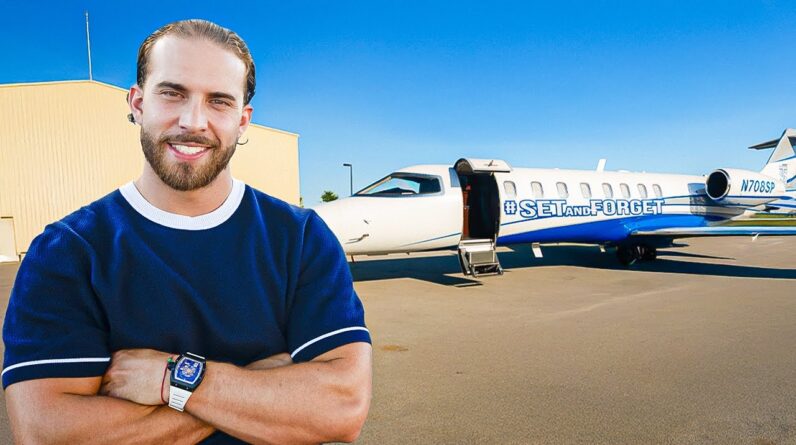
Business aviation defies the crisis
In the 29th Global Business Aviation Outlook, Honeywell paints a cautiously optimistic picture for the future of private flights. Despite the Corona crisis, many operators are planning to purchase new aircraft in the coming years.
The corona crisis has the global economy and thus also aviation firmly under control. While many aircraft are still on the ground with airlines, the order situation in large parts of business aviation is looking a little better. In its annual survey for the Global Business Aviation Outlook, Honeywell examined how the industry assesses the future and what investments it is planning. In the following, we present Honeywell’s summary of the study.
7,300 deliveries of new business aircraft
According to the Honeywell study, the industry expects up to 7,300 deliveries of new business aircraft valued at 235 billion US dollars between 2021 and 2030, a decline of four percent compared to the ten-year forecast a year ago. Despite the decline, four in five business jet operators say their purchase plans have not been affected by the Covid-19 pandemic. Short-term declines in both deliveries and expenses due to the pandemic are unlikely to have any lasting effects on Business Aviation.
“Private flights are expected to rise again to 80 to 85 percent of 2019 levels in the fourth quarter of 2020 and to recover fully by mid-2021, suggesting that demand for business jet travel is returning after the global pandemic caused a slowdown in the industry earlier this year, “said Heath Patrick, President, Americas Aftermarket, Honeywell Aerospace. “The information we have gathered from operators shows a decrease in five-year purchase plans of less than a percent, so despite the short-term impact of the pandemic, we do not expect any long-term changes in purchase plans or the general health of the business aircraft market.”
Honeywell summarizes the key findings
– Purchase plans for new business jets in the next five years have declined by less than one percentage point compared to the 2019 survey.
– Of the purchase plans for new business jets in the next five years, 30 percent should be implemented in the next two years. That is five percentage points less than in the 2020 survey, which is mainly due to the short-term uncertainty.
– It is expected that deliveries of business jets will be 13 percent higher in 2021 than in 2020, which was marked by the Corona crisis.
– Over the next five years, the operators plan to purchase around 16 percent of their fleet of new jets to replace or supplement their current fleets.
Operators continue to focus on aircraft classes with larger cabins to ultra-long-haul jets, which are expected to account for more than 70 percent of all spending on new business jets over the next five years.
– The forecast through 2030 assumes an average annual growth rate in deliveries of four to five percent, which should correspond to the expected global economic recovery. That number is higher than it was in 2019, partly due to the Covid-related decline in 2020.
– Plans to buy used jets show a moderate decline. Operators said that 25 percent of their fleets are expected to be replaced or expanded with used jets over the next five years – a decrease of six percentage points from 2019.
Effects of Covid-19 on the industry
– Four out of five operators in the survey said their shopping plans are unaffected by COVID-19. Most of the operators who said their purchasing plans are affected say they want to stick with their current aircraft for longer.
– 82 percent of those surveyed in North America assume that they will use their business jets less frequently in 2020 than in 2019. Similar decreases have been seen in other regions. Global corporate jet usage is expected to recover to 2019 levels by the second half of 2021.
– The respondents did not indicate any sales of aircraft of later years due to Covid-19. Specifically, only ten percent of all respondents plan to sell one or more aircraft without replacement in the next five years, compared with eight percent in last year’s survey.
– The responses to the survey do not support the hypothesis that a decline in commercial travel led to an increase in business jet purchases. More than 95 percent of operators do not expect any change in fleet size due to a decline in commercial travel.
Breakdown by region
Europe: Here Honeywell expects a slow renewal of an aging fleet. According to Honeywell, purchase expectations in Europe have fallen to around 24 percent of the fleet this year, four percentage points less than in last year’s survey. Around 24 percent of operators are planning their new acquisitions within the next two years, which is six percentage points less and is below the global average of 30 percent. Europe’s share of global demand is estimated at 18 percent over the next five years, one percentage point less than last year.
The post Private flights – Honeywell outlook by 2030 first appeared on Private jets blog.






